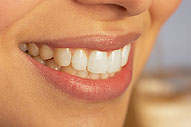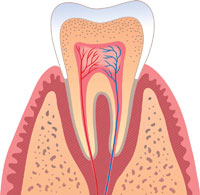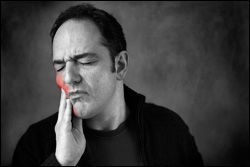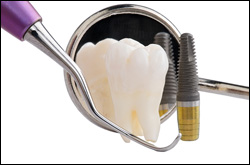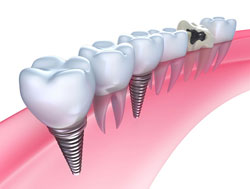Chewing gum, which originated in ancient societies, is popular for more than just its minty freshness. Whether you use gum to quell anxiety, freshen your breath or simply out of boredom, you may wonder about the effects that chewing gum has on your teeth. These effects have been debated for years, but your San Jose dentist is here to set the record straight.
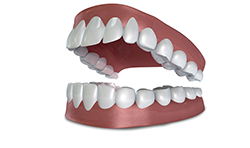
Is sugar free gum different than sugar-containing gum?
You should avoid chewing sugar-containing gum. Chewing gum can increase the flow of saliva in the mouth, having a positive effect on plaque acids. While sugar-containing gum has this effect on saliva flow, the sugar itself can cause decay, just like the sugar in a cookie or cola. Sugar-free gum is sweetened with non-sugar sweeteners, which are not known to cause decay.
Are some sugar-free gums better than others?
The American Dental Association actually gives its seal of approval to some chewing gums. ADA-approved gums, however, only include the sugar-free variety. These gums are sweetened with, for example, xylitol, sorbitol or maltitol, which studies show do not cause tooth decay.
When should chewing gum be avoided?
You should avoid chewing gum if you have certain dental appliances such as traditional braces, bridges or crowns, as they can become loosened or dislodged, or gum can get stuck in or under them. You should also avoid chewing gum if you suffer from jaw-related conditions like TMJ, as it could make the condition even worse.
Is chewing sugar free gum good for my smile?
While there are mild benefits to chewing gum, it is certainly not vital to the upkeep of your teeth. It can stimulate saliva flow, helping your mouth to naturally wash away plaque acid, but statistics show that chewing gum does not produce significant results. Just because chewing gum has a few beneficial effects, it should never replace brushing or flossing. The best way to keep your smile healthy and happy is with a committed dental hygiene routine and regular dental appointments and cleanings to catch and treat problems and plaque buildup early.
Whether you have questions about chewing gum, your teeth or scheduling a routine dental checkup, The Dental Dimensions in San Jose, CA is here to help. Call (408) 225-6815 to schedule an appointment today!


